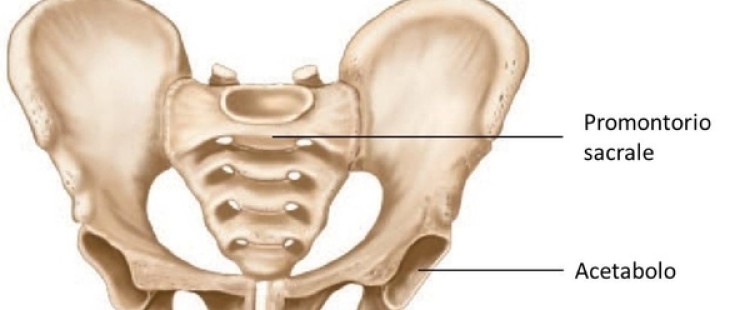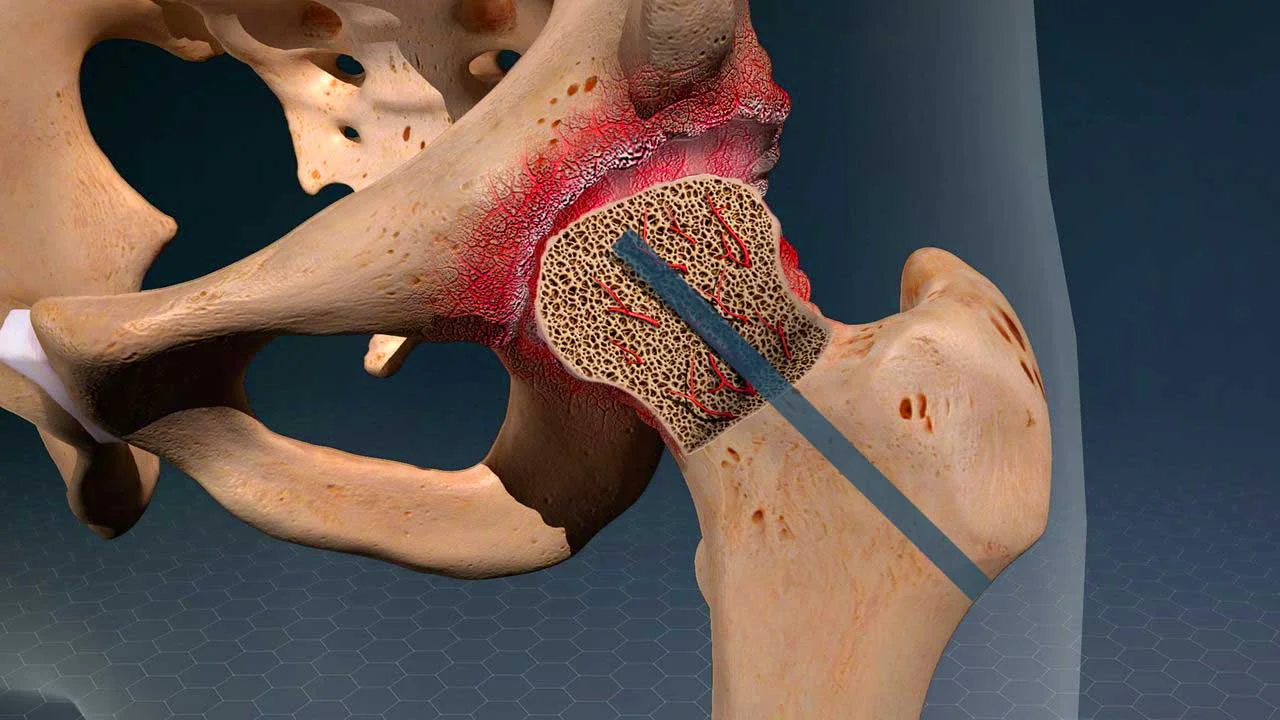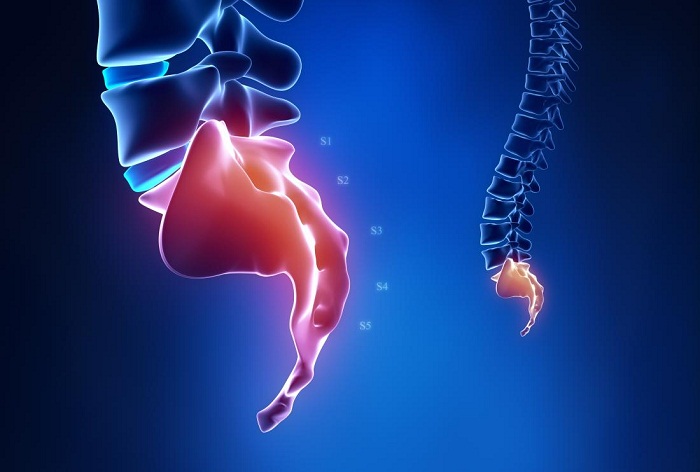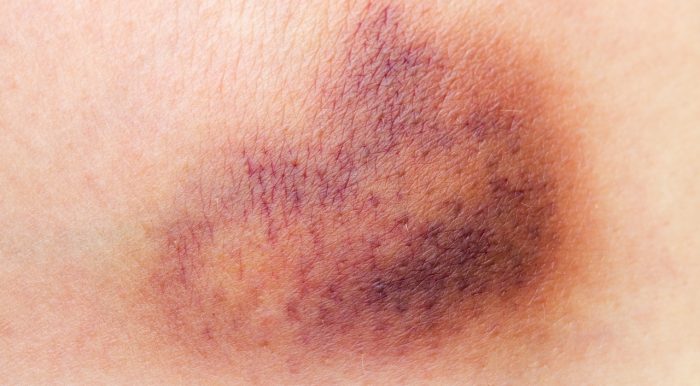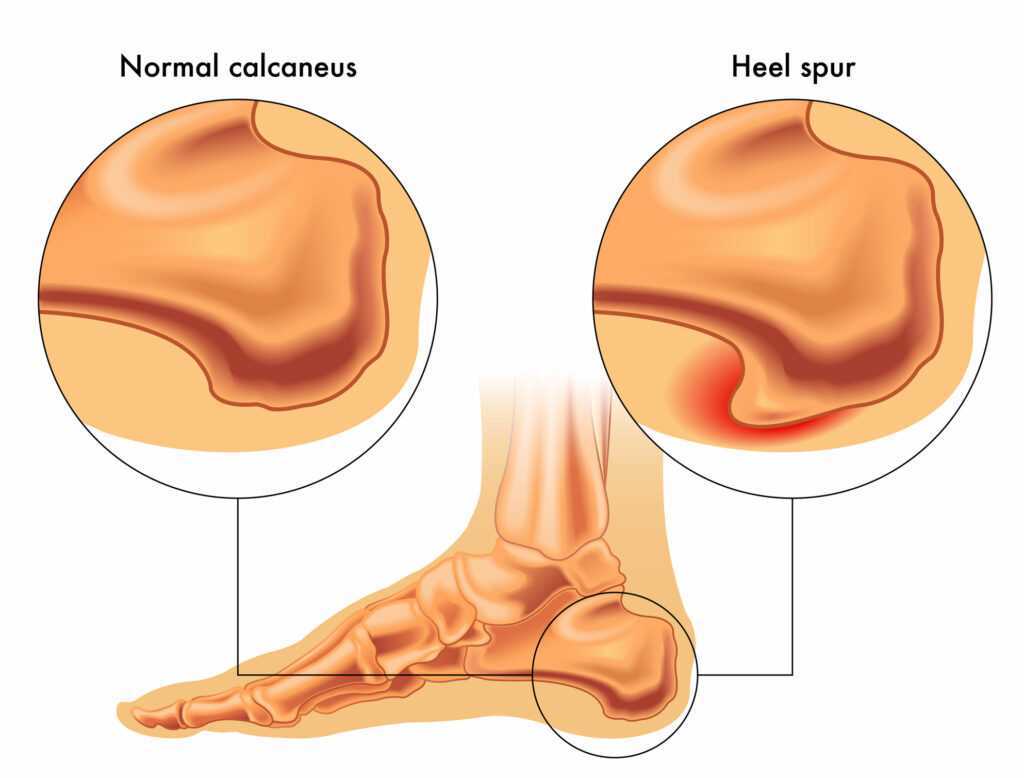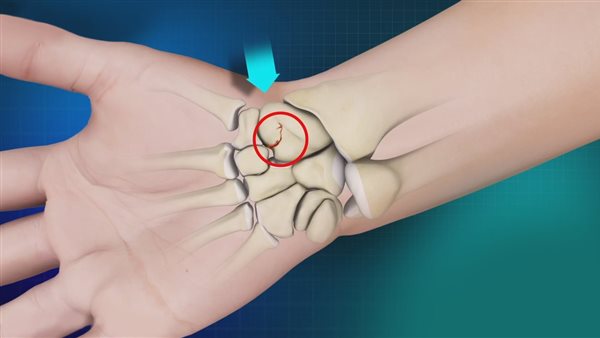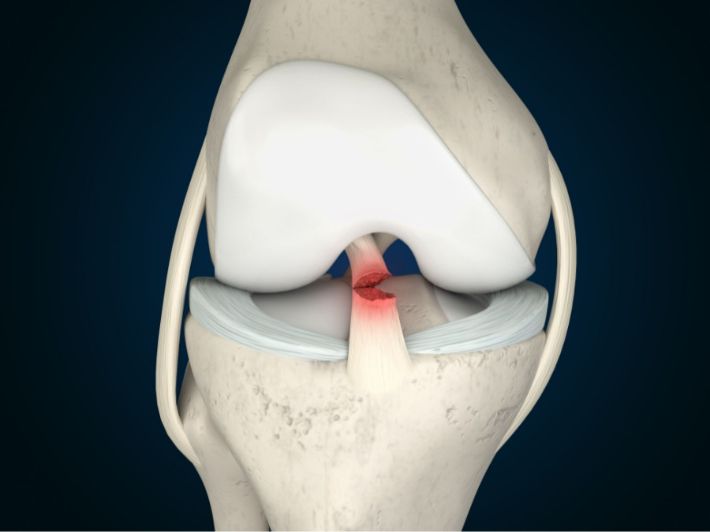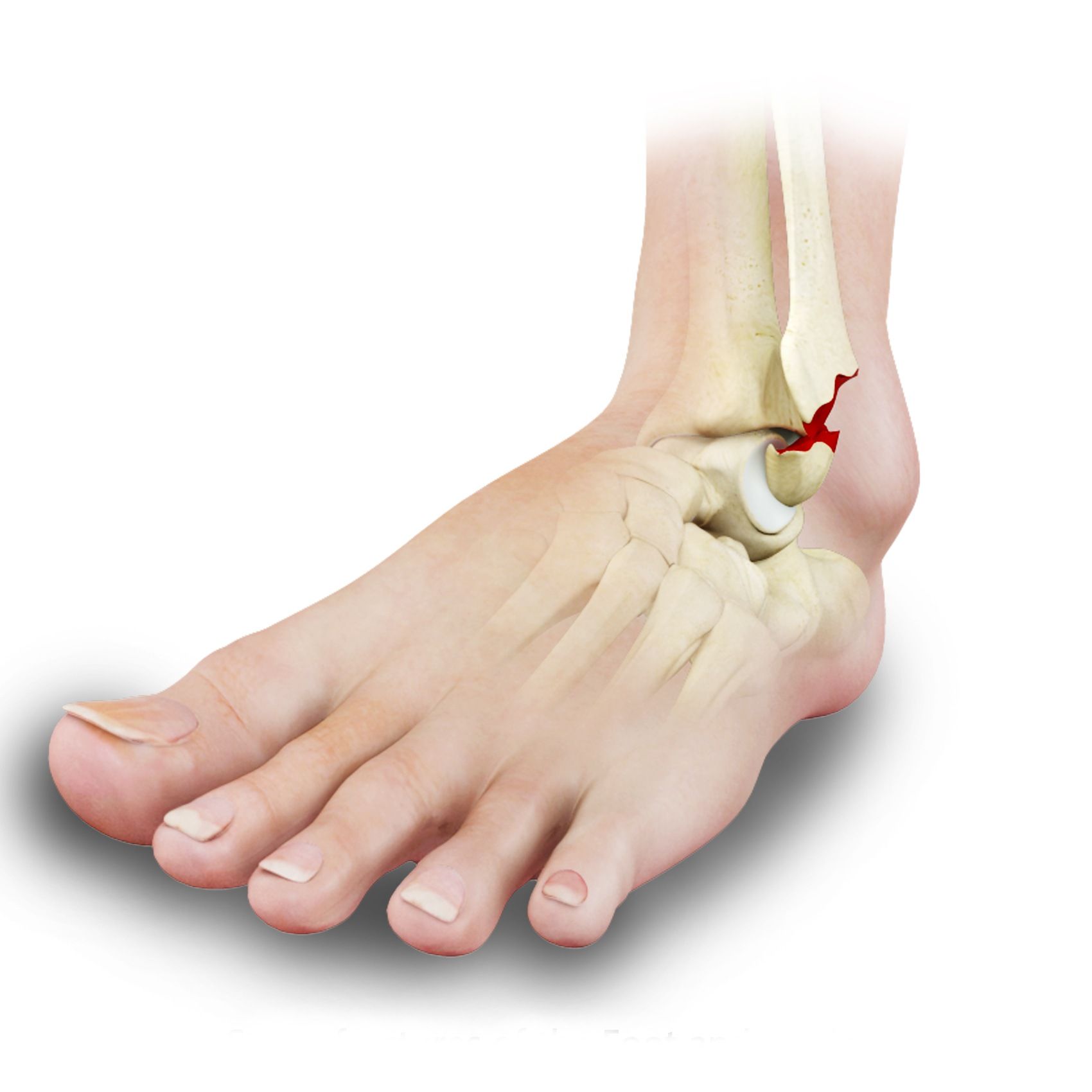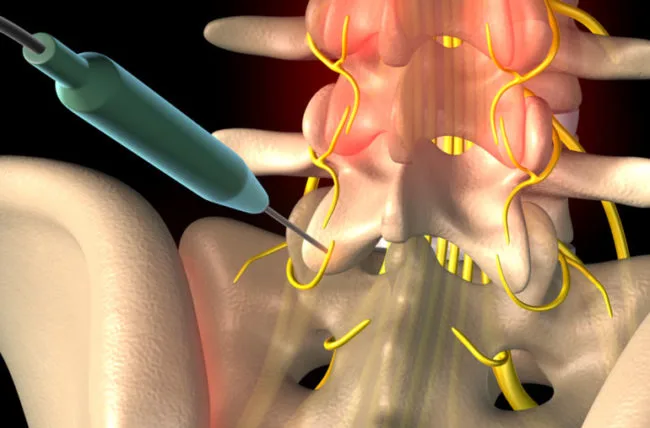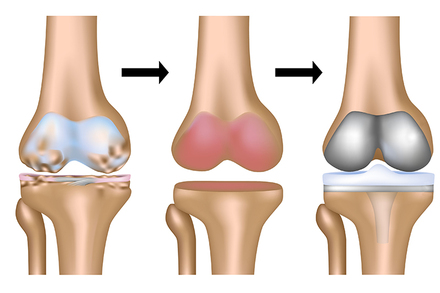What is the surgery of replacing the knee joint?
The process of replacing the knee joint is one of the surgical solutions that are followed to obtain radical solutions to many problems that individuals face in the knee joint, follow the following article with us to get to know this process clearly and what are its consequences.
What is the surgery of replacing the knee joint?
The operation in which the knee joint is replaced, whether partially or completely, is performed in the event of damage to the knee joint as a result of exposure to an injury or as a result of a disease as a result of advancing age, and in this process the affected joint is replaced with another made of metal or plastic. Before performing this operation, it is better to ascertain the extent of the patient’s need for it at first by conducting an x-ray to ascertain the extent of damage to the joint.
Mostly, people who need this type of operation are over 60 years old, but at present, this type of operation is being performed for younger men, and before operating to replace the knee joint, some things are initially taken into account, such as age, weight, the extent of the individual’s activity, the shape of the knee, and the patient’s health condition.
The success rate of knee replacement surgery
Since the process of replacing the knee joint has become the perfect solution at present to permanently get rid of some diseases such as roughness of the knee and facing difficulty in movement, the focus is on the success rate of the operation, which there is no need to be afraid of at all, as it often produces good and effective results for many people, there are some factors on which the success of the operation depends, and for example:
- The doctor’s experience and competence.
- Good evaluation of the hospital where the operation is performed.
- anesthesia team.
- The patient’s health condition.
As the success rate of the operation may reach up to 95%, and the greater the experience of the doctor and his team, the higher and more accurate the percentage, and for this reason it is better to choose the doctor very carefully.
How long does a knee joint transplant take?
The duration of the knee joint transplantation process ranges from 2 to 3 hours, and certainly, this time depends on the extent of the doctor’s experience and skill, as it may be longer or less than this time.
Physiotherapy after knee joint replacement
Physiotherapy after changing the knee joint is indispensable because it greatly helps to restore the flexibility of the joint and the ability to move it very effectively, and the surgeon is the one who determines the appropriate time in which to start physical therapy, as it is possible to start it after one day of the operation and there is no need to worry, as the exercises that are recommended are carefully chosen according to the patient’s condition and are useful in accelerating his recovery process.
As the rehabilitation programs that are followed during the physiotherapy period are very important for the knee joint to regain its strength and be able to move effectively and adapt to the new joint, and once the physiotherapy treatment begins, the patient will gradually improve, but care must be taken to follow the doctor’s instructions well, and to prevent any serious complications from occurring, the physiotherapy program can be summarized as follows:
- The first day: This will be in the hospital, where the doctor will teach you how to get up from the bed well and load on the new knee, and a treadmill may be used for a few steps at first, and some light exercises will be done next to the bed such as stretching the thigh muscles for 10 seconds, taking a rest, then repeat this exercise up to 10 times, and the ankles will also be raised by moving the foot up and down.
- The second day: exercises that work to strengthen the muscles that provide adequate support for the knee will be practiced on this day, and the knee exercise will be started to be more able to bend and straighten, and exercises that relax the muscles of the thighs will be done, and a few steps will be taken with the help of a crutch or a walker.
- From the third to the fifth day: In those days, the patient may be able to go home or go to a rehabilitation center, and begin to climb the stairs with some help from others around him.
- From the fifth day until the fourth week: the exercises begin to become more intense gradually so that the knee becomes more powerful, and during that period it is possible to start lengthening the walking distances while relying on the crutch, but it is only one, so there is no need for both once the patient can stand for more than 10 minutes, and an exercise bike is used while making sure to press backward only, then when the knee becomes stronger, it can be pressed forward.
- After four weeks: Depending on the patient’s condition, the physiotherapist may add some light weights to increase the resistance.
Pain after knee replacement surgery
When a patient suffers from pain after knee joint replacement surgery, they wonder how long the pain lasts after knee joint replacement surgery. The answer to this lies in the fact that the pain is more intense immediately after the operation and will gradually fade until it completely disappears within two months, and to get the best results after the operation, care must be taken to follow the doctor’s instructions exactly without neglecting any of them, and among the most important tips that must be followed well:
- Make sure to rest the body well after the operation and avoid any activity that requires high physical effort.
- Keeping the foot in an upright position and raising it from the rest of the body to improve blood flow to it.
- Sterilization and disinfection of the wound constantly and keep it clean.
- Keep taking antibiotics and pain relievers.
- Do not put body weight on the knee.
- Compresses on the knee area when feeling pain or noticing swelling.
Physiotherapy after knee joint replacement
Physiotherapy after changing the knee joint has a major role in accelerating the recovery process and restoring the patient to his health within a short time, but some points must be paid attention to in addition to that, such as:
- Persistence in taking anti-inflammatory drugs that the doctor prescribes to the patient.
- Take some painkillers to relieve the pain.
- Follow a diet to reduce weight in case of abnormal weight gain to relieve pressure on the knee area.
- Taking cortisone injections into the knee joint.
- Using viscosity injections to facilitate joint movement.
- Continue to do the exercises recommended by the doctor.
- When walking, you must use crutches or a walker.
- Avoid doing any activity that requires high physical effort.
Exercises after knee replacement surgery
After performing the knee joint replacement surgery, there are some exercises that the doctor recommends for the patient to regain his strength again and speed up the recovery process. Here are some of the most important of these exercises:
Sitting exercises
- Be sure to pull the foot towards you and rest it, and repeat this exercise up to 10 times, as it contributes to greatly enhancing blood circulation.
- Press the foot down and then pull the kneecap up.
- Put a pillow under the knee and straighten the leg.
- Straighten the leg with the help of the other leg and repeat this exercise up to 10 times.
Standing exercises
- Alternate standing on tiptoe and heel with the help of a chair for balance and to prevent falls.
- Stand on one foot and try to put your body weight on it.
After knee replacement surgery
After undergoing a knee joint replacement operation, there are some advantages and disadvantages that individuals are exposed to, and here are some of them to be more aware of:
Advantages of knee replacement surgery
- It is considered a final solution to many knee problems, such as those who suffer from roughness and some joint pain.
- The patient is more able to move and flex the knee very effectively.
- After the operation, the patient can walk well shortly after the operation.
Disadvantages of knee replacement surgery
- The wound may be relatively large on the skin of the knee area.
- The wound after the operation is exposed to infection or inflammation.
- The operation may not be performed using local anesthesia.
- The patient remains in the hospital after the operation for some time and is not discharged on the same day.
- Violent sports that require high physical effort cannot be practiced, as this may cause serious complications.
Does the patient return to normal after changing the knee joint?
The patient may be able to return to his activities and life that were in the past and practice them normally within only a few months of the operation, and if the time is long, there is no need to worry, because each person differs from the other in the extent of his response to treatment according to his condition before the operation, and examinations and x-rays are performed from time to time to follow up the development of the condition after the operation.
When does walking start after installing the knee joint?
The patient can start walking immediately after installing the knee joint on the same day or the next, with the help of a walker or a crutch during that at the beginning, and gradually monitoring the ability of the artificial joint to bear the weight of the body.
Complications of knee replacement surgery
- The continuation of the pain that the patient felt before the operation, and the occurrence of stiffness from time to time.
- Blood clots in both legs and lungs.
- Transmission of infection to the patient.
- Corrosion or loosening of the prosthetic limb, which will lead to the need to change the joint again.
- The patient was bleeding.
Knee replacement damage
Some damages may occur to the patient when changing the knee joint, but this matter is not limited to that operation only, but this may occur during any other operation because everything has its consequences if it is not done correctly from the beginning.
Is knee replacement surgery dangerous?
With the recent technological developments in the current era, knee joint replacement surgery is no longer as dangerous as it was in the past, but rather it has become easier and its success rate has increased significantly, but like any other operation, some complications may occur, such as:
- Bleeding during the operation.
- Having some problems and complications as a result of anesthesia.
- Tissue injury.
- Picking up an infection in the wound or the occurrence of some infections.
Is there an alternative to knee replacement surgery?
There is more than one alternative to knee joint replacement surgery that can be done, but the most appropriate option is determined from the specialist doctor’s point of view according to the patient’s health condition and the extent of damage to the joint, as there is what is known as stem cell therapy, during which stem cells are extracted from the patient’s bone marrow It is injected directly into the knee area, and this has a major role in relieving pain in the knee area and enhances its ability to perform its function well.
Pain after knee replacement surgery
The pain felt by the patient after the operation to replace the knee joint is very normal and does not cause concern at all, as it quickly fades over time until it ends completely, and when it intensifies, some painkillers such as anti-inflammatory steroids can be taken or topical creams can be used.



